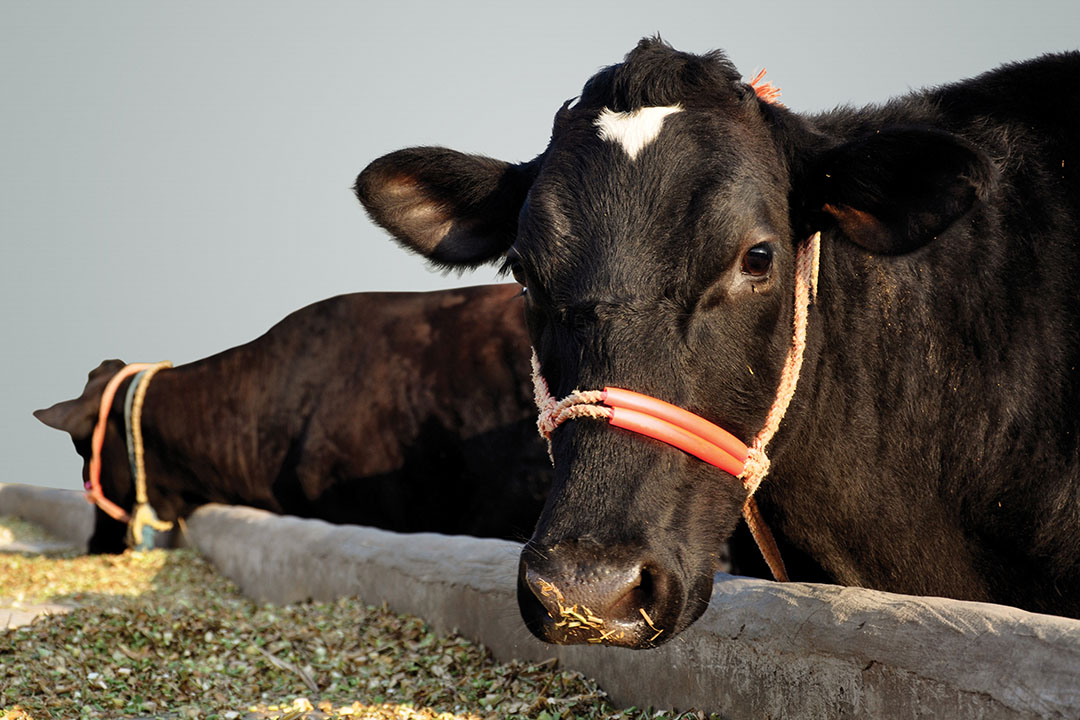Investigating probiotic characteristics for feed

A recent study aimed to evaluate the probiotic characteristics of 3 bacterial strains and a yeast previously isolated from different environments for potential use as feed additives.
There is growing awareness of the health-promoting effects of probiotics for both humans and livestock. In a research study published on PLOS ONE, Hotel and Cordoba define a probiotic as a culture of living microorganisms that confers a health benefit to the host when administered in an adequate quantity.
Probiotic microorganisms have been associated with immunomodulation, digestion and nutrient utilisation efficiency (prebiotics), production of short-chain fatty acids and essential vitamins, and competitive exclusion of pathogenic microorganisms. In addition, some probiotic organisms produce bacteriocins and metabolites such as lactic acid, which are harmful to pathogenic microorganisms, highlighting their ability to modulate the gut microbiota. Bacillus sp., specifically, is highly resistant to heat and harsh gastric condition because of spore forming, promising them ideal as food additives for mammals.

This study aimed to investigate isolates of certain bacterial strains and a yeast by identifying and determining their probiotic characteristics based on the gastrointestinal model, antibiosis, antibiotic sensitivity, intestinal cell adhesion, lysosomal and proteolytic activity and odour removal efficiency of nitrogenous odour compounds ammonia (NH3) and methylamine (CH2NH2) from swine slurry.
The strains were subjected to molecular identification and established as Lactobacillus paracasei CP133, Lactobacillus plantarum CP134, Bacillus subtilis CP350 and Saccharomyces cerevisiae CP605. Lactobacillus sp. CP133 and CP134 exhibited antibiosis, antibiotic activity, and relative odour reduction ability. Bacillus subtilis CP350 was thermotolerant, reduced hydrogen sulfide gas and showed significant proteolytic activity, whereas Saccharomyces cerevisiae CP605 exhibited high acid and bile salt tolerance.
In general, the isolates in this study demonstrated improved functional characteristics, particularly acid and bile tolerance and relative cell adhesion to HT-29 monolayer cell line.
The research has been published in PLOS ONE.











